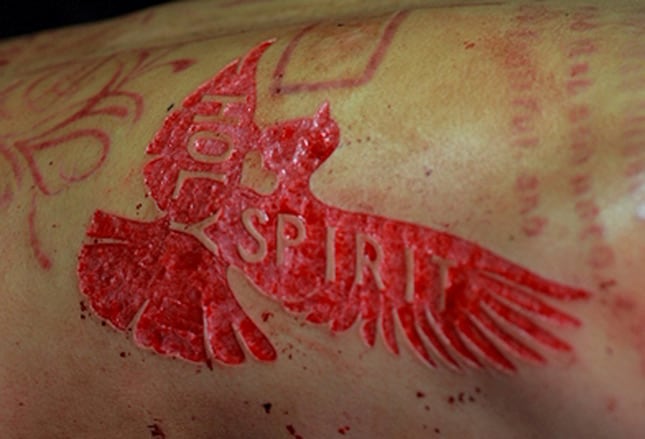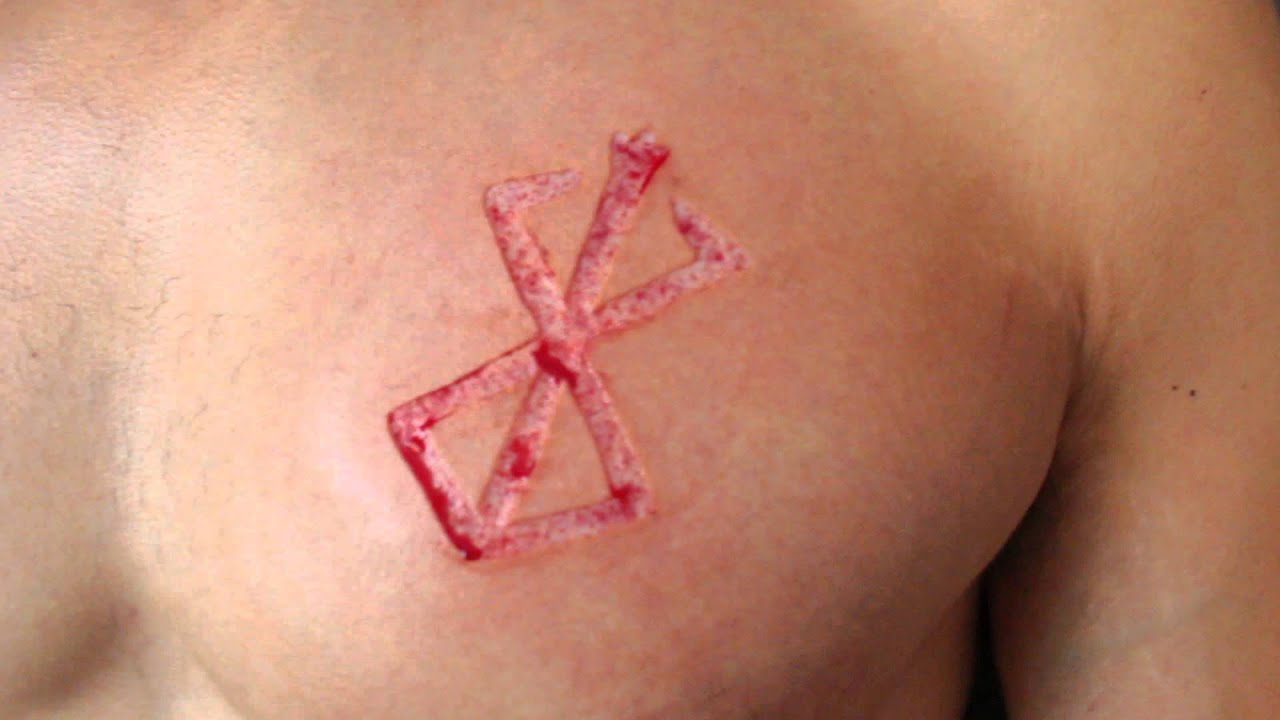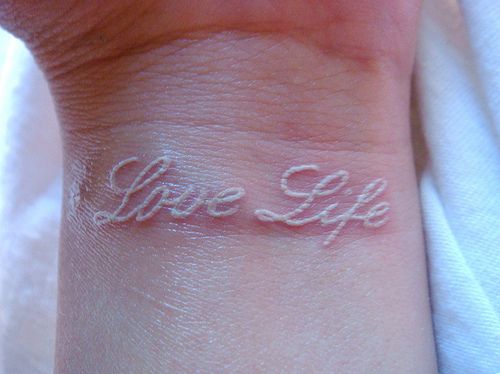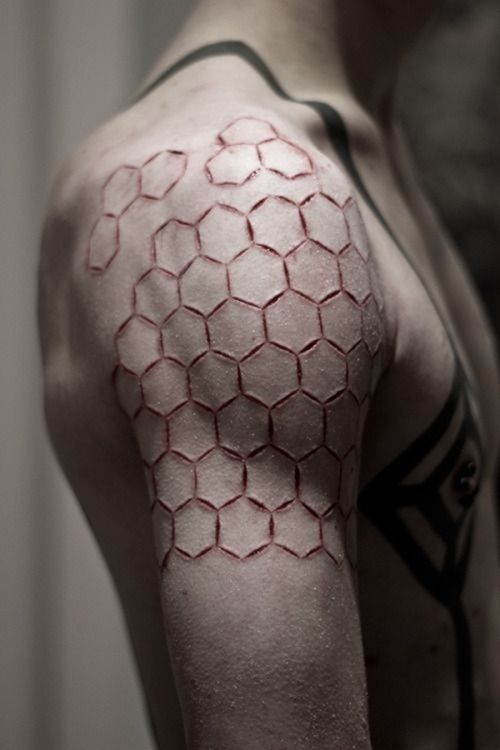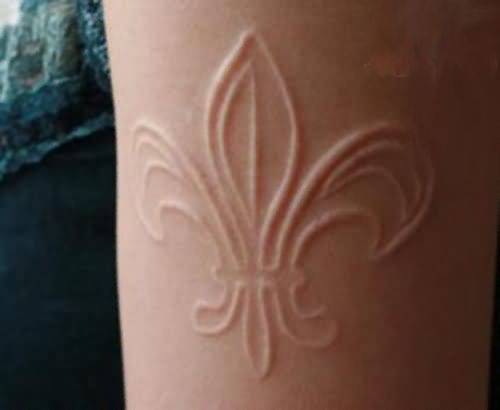Scarification by chemical means simply means applying a chemical reaction to wounds that have been generated by another method (such as cutting) or that have been produced directly by the reaction.
 In this article, we would discuss what there is to know about Chemical Scarification and its methods. We have also given forth the methods that are used in this process as well as the chemicals that are used. However, you have to consult your doctor before leaping into something such as this process.
In this article, we would discuss what there is to know about Chemical Scarification and its methods. We have also given forth the methods that are used in this process as well as the chemicals that are used. However, you have to consult your doctor before leaping into something such as this process.
Method of Chemical Scarification
Contents (Click to Jump)
The first method entails the scar’s design is cut with a scalpel into the flesh. Then, the cut is filled with a chemical irritant, which ensures heavy and raised scarring. Various substances, such as soap and formaldehyde, can irritate the skin. The second type of scar is obtained by using a chemical alone.
As a general rule, this is done in the following way:
- After shaving, washing, and preparing the scarring area, it is ready to be scarred.
- Patterns are blocked out in negative using water- and chemically-resistant materials on the skin. The best choice may be heavy-duty tape (although Saran Wrap, Vaseline, or Vaseline may also be used).
- A chemical is injected into the negative space around the pattern, resulting in a positive image of the pattern on the skin.
- A chemical does its work within a 2- to 10-minute time frame. When we are most hurt, this is the time when we feel the most pain.
- Water is either used to rinse off the chemical, or chemically neutralized to remove it.
Chemicals Used In Chemical Scarification
It is extremely important to choose which chemical is used because many of them are sufficiently caustic to cause scarring. It may seem obvious, but acids – e.g. HCl(aq) (Hydrochloric acid), H2SO4 (Sulfuric acid) — and bases — NaOH (Sodium hydroxide, lye, caustic soda; the chemical used in the movie Fight Club), KOH (Potassium hydroxide) are not suitable for chemical scarification. For an acid or a base to do their work, they must be dissolved completely in water. It is nearly impossible to control how the chemical is placed and spread in such a liquid form.
Using strong acids or bases for chemical scarification also has the drawback of scarring so quickly: on the order of a few seconds when their concentrations are sufficient to cause enough burns to scar. The advantage of this is that it may seem desirable (pain of shorter duration), but it also means that if the chemical is not removed in a timely fashion, it can easily burn far more deeply than anticipated.
To make matters worse, the chemical must be neutralized to be safely removed from the area. Even in a test tube, this could be a difficult thing to accomplish precisely without human aid. When un-neutralized strongly acidic or basic solutions are washed away with water, the result will most likely be chemical burning across large parts of the body since the water will simply spread the chemical. In addition to being caustic, many acids and bases are toxic.
An alternative would be to use some kind of oxidizing agent. Although they still require some water to initiate the reaction, most oxidizing agents don’t need to be completely dissolved to do their job. Those hydrophobic organisms are therefore relatively easy to control since they can mostly remain dry. They are also far more resistant to burns than acids and bases, as they work more slowly, so they can be removed properly with large quantities of water while causing less harm than acids and bases. The use of chlorine-based oxidizers, such as those used to disinfect swimming pools, is never recommended because of their toxicity. Among the best choices is AgNO3, which is a non-toxic oxidizer routinely used in newborns’ care as a disinfectant.
Considerations During Chemical Scarification
Although chemical scarification has been successful, it is not a modification that should be undertaken lightly. A strong understanding of physiology that is related to body modification will not suffice, as will a solid knowledge of chemistry. Moreover, it is not nearly as precise as other forms of scarification since the pattern must be simple enough to be blocked out in some form on the body.
This is one of the most painful forms of modification that can be done, due to the pain that slowly increases each time the chemical reacts. In addition, since nerve ends are not destroyed rapidly (as is the case with branding), every moment of pain is felt to its fullest extent.
For those who do not understand every chemical term, concept, and formula in this description, it should go without saying they should NOT attempt chemical scarification. Despite your understanding of the theory, you probably should not implement it; it is too complex and provides too many possible sources of error to be an effective method of scarification – stick with branding and cutting.
Does Chemical Scarification Hurt?
If a body modification procedure looks painful and sounds painful, that’s because it is. The simple truth. The scar itself may be painful, but it is not the only painful part of the process. Even though a wound is painful, to begin with, the healing process can be equally or even more painful than the original wound. After healing, there will be a variety of options, and each will be dependent on personal preference.
The most important thing to remember when undergoing any form of body modification is to maintain personal hygiene and clean any open wounds to prevent infection.
The Healing Process
The healing method used to treat the wound will greatly affect how the scar will appear. Scarring is less likely to occur if a wound heals quickly. Therefore, many things can be done to prolong the healing process to increase the total amount of scar tissue. If a wound is left open, it can be allowed to dry out by the air. Following the formation of the scabs, they are then removed and the healing process is repeated. It is also possible for wet healing to prolong the healing process of wounds. By applying cellophane or bandaging to the wound and keeping it moisturized, you can avoid infection. You can also scrub the wounds vigorously with brushes or rub them with salt during the healing process, which will stop the growth of new cells and extend the time it takes for the wound to heal. In addition to applying vinegar, lime and lemon juice, and iodine tinctures directly on the open wound, you can also encourage scarring by rubbing such products into the wound.

